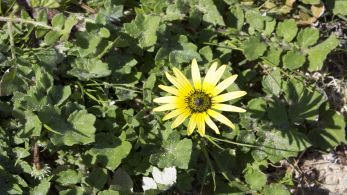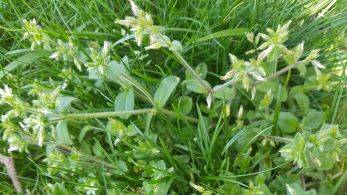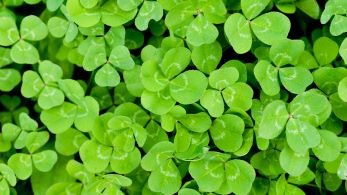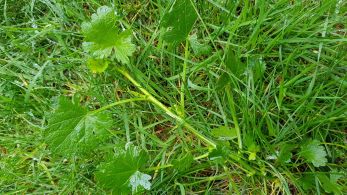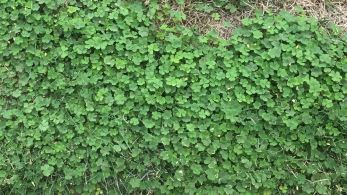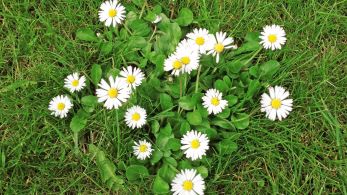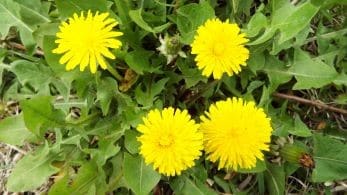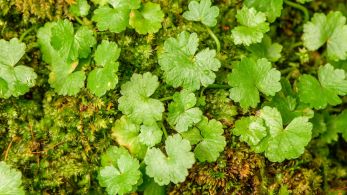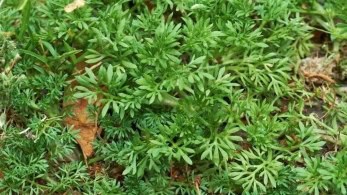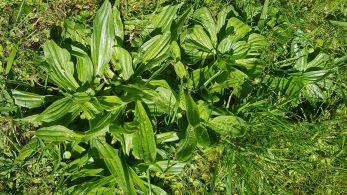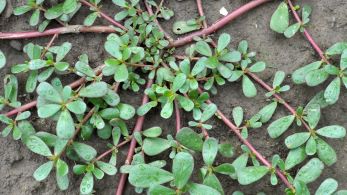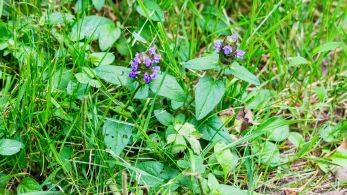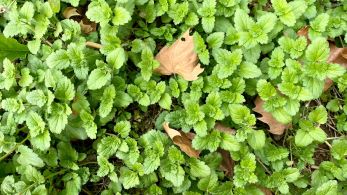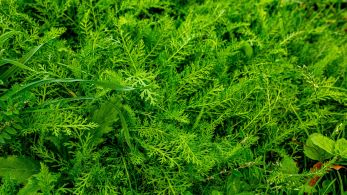Lawn weeds can appear for many reasons – often from dormant seeds already in the soil, or introduced by wind, birds, or even contaminated lawnmowers. Some weeds grow year-round, while others are seasonal.
We don’t recommend digging out weeds, as this creates bare patches that quickly become reinfested. Instead, the most effective approach is to treat your lawn with a selective weed killer. For best results, spray during periods of active growth. Weed control is less effective during drought conditions and may even damage your lawn.
There are many different types of lawn weeds. Below, we’ve listed some of the most common broadleaf varieties.



